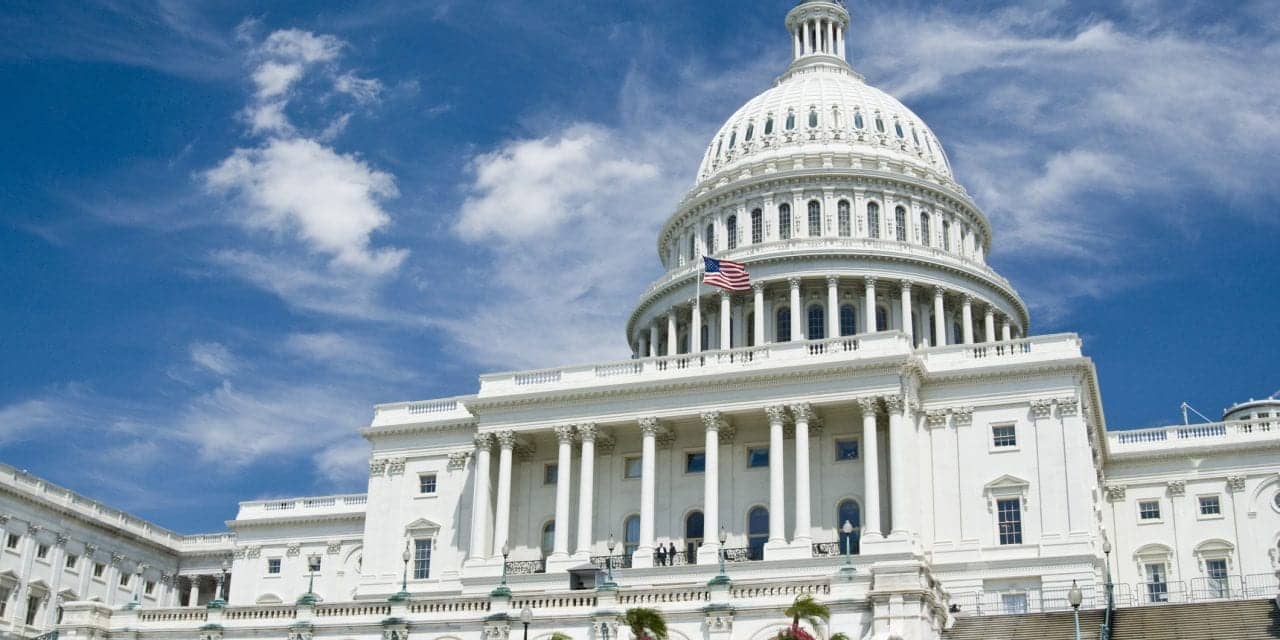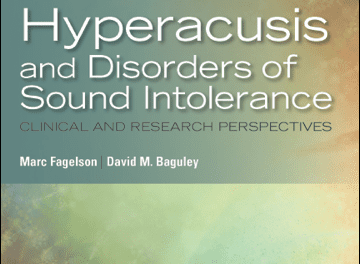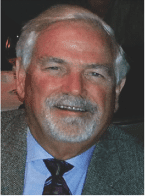Educating audiology patients about their rights to accessibility under ADA could be a great opportunity to build trust and develop a deeper connection with them over time.
This year marks the 35th anniversary of the Americans with Disabilities Act (ADA), signed into law July 26, 1990 by President George H.W. Bush. Its passage was a significant milestone in the quest for accessibility for people with hearing loss. And thankfully, as time has gone on and technology has advanced, the requirements for ADA compliance have continued to expand and adapt, albeit more slowly than we might like.
It’s still gratifying to think that so many people are better able to experience and interact with the world around them because of these changes.

Knowing Their Rights
As Mike Cyprus writes in the article “Assistive Listening Systems: Educating Patients,” ADA requirements for these systems make it possible for many people with hearing loss to enjoy access to entertainment, education, and other information at public venues; but only if they know about the options so they can take advantage of them. This is where hearing care professionals can really make a difference.
Educating audiology patients about their rights to accessibility under ADA could also be a great opportunity to build trust and develop a deeper connection with them over time. This includes discussing how to obtain and use captioned telephones and phone captioning apps and services, as well as accommodations that employers must offer employees.
Changing Perceptions
As discussed in “MarkeTrak 2025: Hearing Aids in the Age of OTCs and Wearables,” people’s perceptions of hearing devices—and even what constitutes a hearing aid—are changing. As more people recognize the importance of hearing health and become more willing to embrace using hearing devices of all types, I certainly hope we’ll see a growing demand for advanced hearing technologies that can benefit everyone.
Children with Hearing Loss
Part of the evolution of the ADA includes the Early Hearing Detection and Intervention (EHDI) program, which involves screening newborns for deafness and hearing loss before they leave the hospital and follow-up evaluations within three months if needed. The scope of the program has since been expanded to provide early hearing screening and intervention programs for young children at risk of losing their hearing from infection, noise exposure, or genetic causes. Unfortunately, as I’ve written about here, federal support for EHDI has diminished as of late. But I hope states will be able to continue to provide these much needed services.
Making Strides
There’s still progress to be made toward ensuring equitable access for people with hearing loss at any age. But I’m confident we’ll continue to see improvements that HCPs will be able to help their patients navigate for many years to come.
— Melanie Hamilton-Basich
Original citation for this article: Hamilton-Basich M. Celebrating 35 Years of the Americans with Disabilities Act. Hearing Review. 2025;32(4):6.
Featured image: Dreamstime





